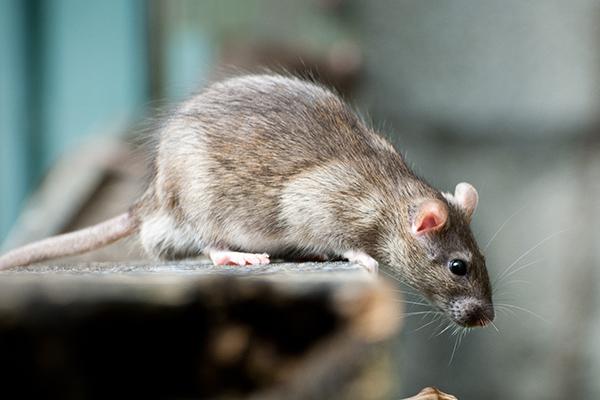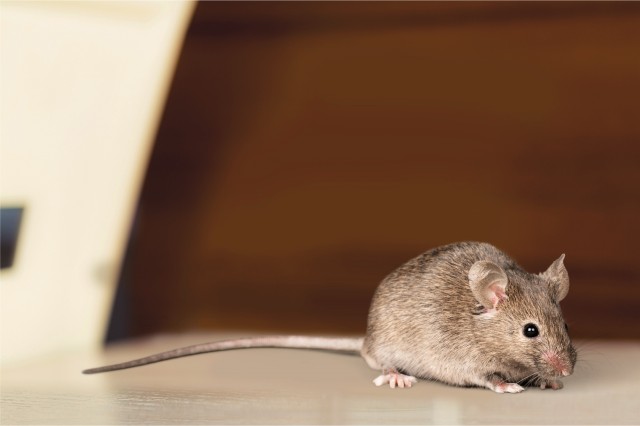Automated Mouse Traps for Industrial Use: Is This the Future?
Share
Introduction to Automated Mouse Traps for Industrial Use
The modern industrial landscape faces myriad challenges, but keeping facilities free of vermin like rodents remains a perennial concern. Enter automated mouse traps for industrial usea revolutionary approach promising not just efficiency but round-the-clock reliability. This technology weaves together the precision of automation with the traditional goal of pest control, ensuring that your industrial space remains vermin-free.

The Need for Automation in Industrial Pest Control
Industries that operate on a large scalewarehouses, food processing plants, manufacturing unitsoften find themselves at war with mice and rats. These pests can wreak havoc by contaminating products and causing infrastructural damage, ultimately affecting the bottom line. Automation allows these industries to efficiently control rodent populations without relying heavily on manual intervention. The advantages are clear: consistent performance, reduced labor costs, and minimized human error.
How Automated Traps Work
Automated mouse traps employ sensors and electronic monitoring systems to detect and capture rodents. Once a rodent is detected, notification systems alert the designated personnel or trigger disposal mechanisms. With some systems, you can even monitor these activities remotely via a mobile app or computer interface. This marriage of technology with pest control allows for a more responsive and proactive approach.
Advantages Over Traditional Mouse Traps
While traditional traps like snap traps have their place, they require regular monitoring and resetting, which equates to labor costs and downtime. Automated systems, on the other hand, are designed for longevity and sustained performance. Imagine having an AI-triggered alert system in place, continuously updating you on the status of your pest control efforts, all while reducing incidences and maintaining a higher standard of hygiene in your industrial unit.
Environmental Considerations
In todays eco-conscious world, its essential to consider the environmental impact of pest control solutions. Automated traps tend to be more humane, often designed to minimize harm to the rodents and reduce the use of toxic chemicals. For businesses committed to sustainability, this offers an eco-friendly alternative that aligns with corporate responsibility goals.
Implementing Automated Mouse Traps in Industrial Settings
Integrating these advanced systems into existing infrastructures requires strategic planning. Here are a few simple steps to ensure the smooth rollout of an automated pest control mechanism:
Conduct a Facilities Audit
Begin by assessing which areas of your facility are most vulnerable to rodent infestations. Usually, this includes storage areas for food or raw materials or locations with high humidity levels.
Choose the Right Technology
Select equipment that best suits your specific needs. Some traps offer real-time monitoring, while others focus on humane capture mechanisms. The ultimate choice should align with both your operational goals and budget constraints. Discover more on choosing effective equipment here.
Regular Maintenance
Deploy systems that require minimal maintenance but also plan for regular check-ups. Engage experts if necessary to ensure optimal performance of your automated pest control system.
For those interested in leveraging automation as a safeguard against various industrial pests, consider reading about integrated pest management strategies.
Real-World Success Stories
Several companies have successfully integrated automated traps and seen significant results. One notable example involves a large storage warehouse that saw a 60% reduction in rodent reports within just three months of implementing an automated system. More stories and data are available in our detailed research article.
Conclusion
Automated mouse traps for industrial use represent a significant leap forward in pest management technology. From streamlined operations and reduced labor costs to eco-friendly practices and high efficacy, the benefits of automated systems are clear and compelling. As more businesses adopt these innovative solutions, industries will move closer to an efficient, intelligent future in pest control.
FAQs
Are automated traps cost-effective?
In the long run, automated traps can be more cost-effective than traditional methods due to reduced labor needs and their efficiency in capturing pests.
Is automated pest control safe for food processing plants?
Yes! Opt for systems specially designed for food safety standards, ensuring no contamination or unwanted residues affect your processes.

Can automated systems handle large infestations?
While automated traps are excellent for ongoing maintenance, severe infestations may require an integrated approach combining various pest control methods for immediate impact.
This article contains affiliate links. We may earn a commission at no extra cost to you.
